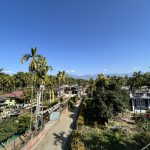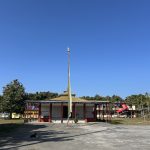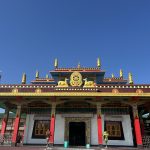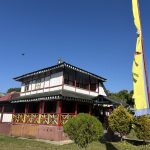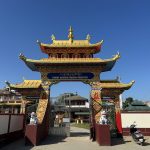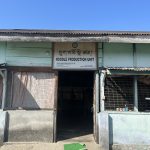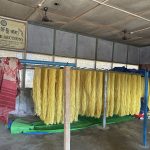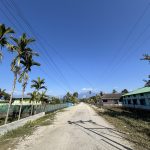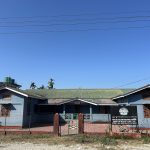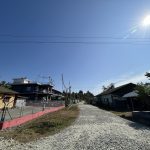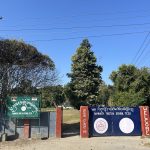Dhargyeling Tibetan Settlement was established in 1962 with 889 Tibetan people at the initial stage mostly from the province of Kongpo, Kham and Pema Koe, in Tibet and as of now the total population reached 1004 with 284 household in five different camps. Our livelihood is solely depending on agriculture, cattle rearing and winter business. This settlement is located at remote area of Arunachal Pradesh, the north-eastern part of India. Settlement is administered by the settlement office, which is a representative of Central Tibetan Administration. Prime duty of the Settlement office is to look after the welfare of the residents and preserve our culture, language and religion; by doing so, we keep our movement alive. Under the direction and the guidance of Department of Home, CTA, Dhargyeling Tibetan Settlement is all set to resettle 29 household moving from scattered Tibetan Settlement Tuting at the camp no. 06.
Settlement Location:
Dhargyeling Tibetan Settlement is located in lohit district of Arunachal Pradesh situated on the bank of River Lohit and it has an average elevation of 185 meters (606 feet) above the sea level.

